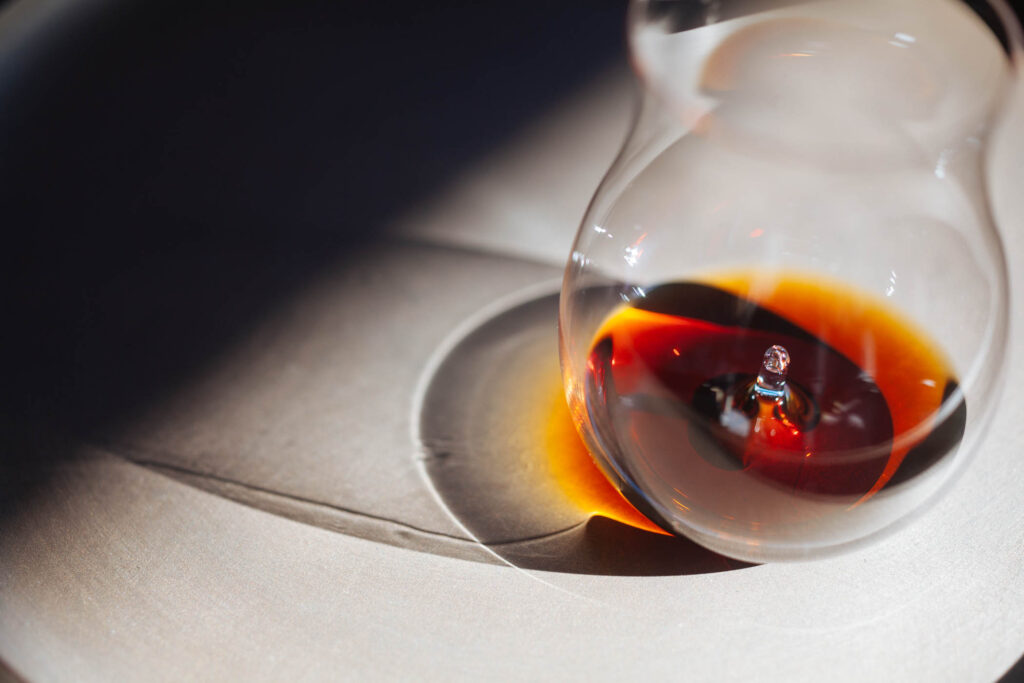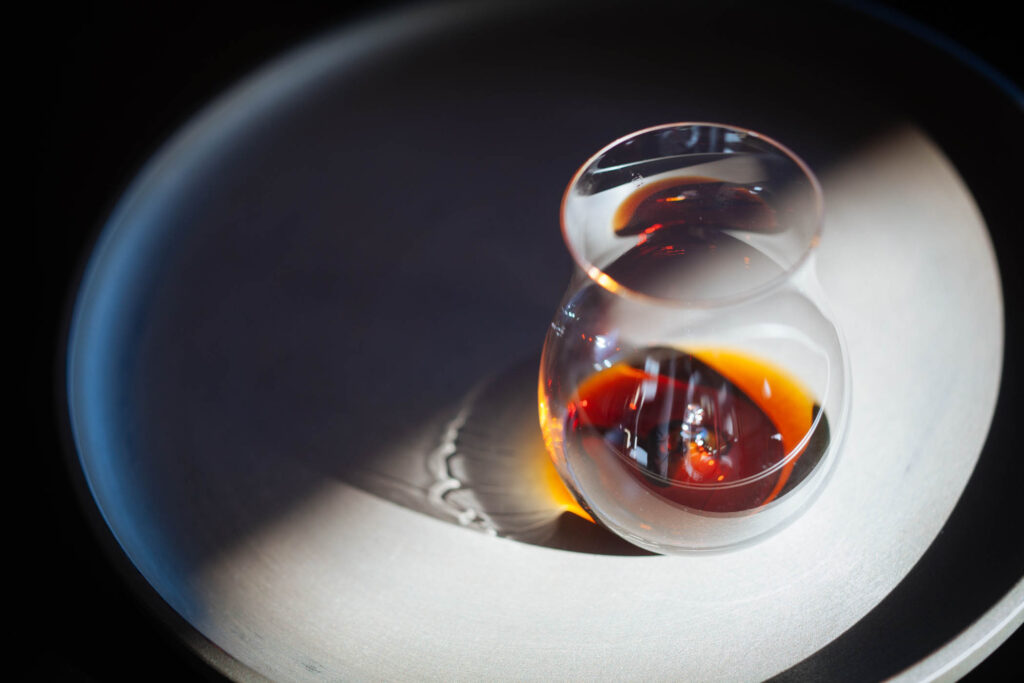
After hours around the table and a feast of many flavors, I pull out a slender bottle and pour a tasting of this sweet elixir for my guests. It runs a tawny syrup and as potent as a port. Unctuous and silken, rich and intense, it hits the nose and tongue with a cascade of flavors calling to mind soy, sherry, caramel, dried fruits, maple syrup, and balsamic.
I pass the shot sized cups around and as each guest takes a sip, eyes widen and smiles spread as I tell them that they are sipping hon-mirin brewed by local brewmaster Daisuke Komatsu. In the same way that a wine can be pushed into bolder expressions of itself in a port or sherry, mirin is related to but completely other to sake, a sibling with such different characteristics that you wonder if they truly were born of the same lineage.
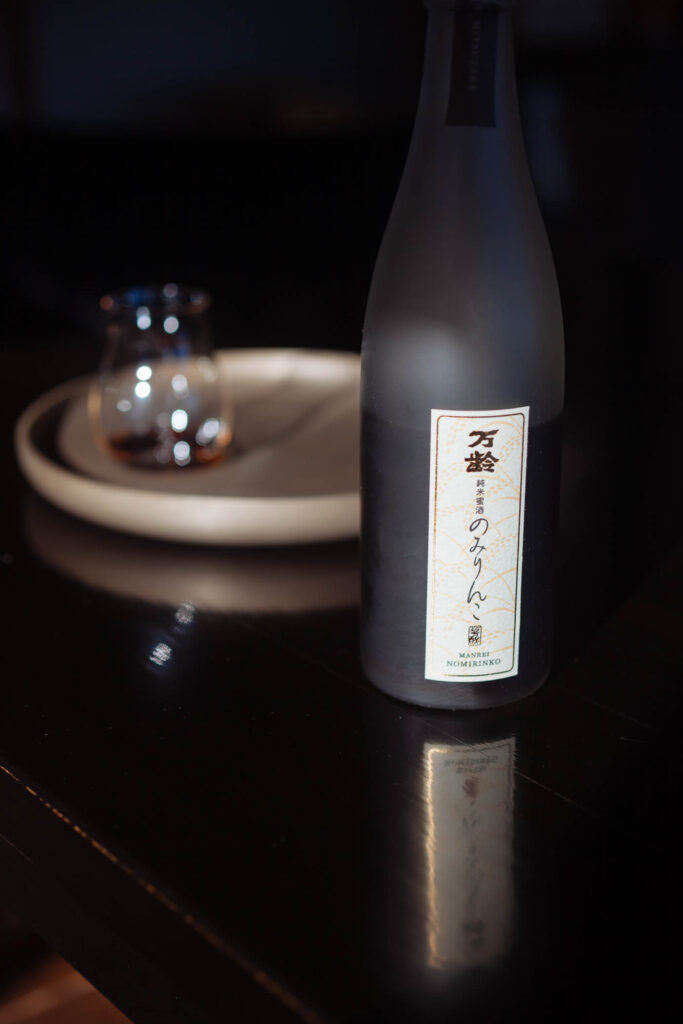

When I first met Komatsu san almost a decade ago, he had just brewed his first batch of mirin. It was still years away from market, an in house experiment that ignited a spark in his eyes a quickness to his step as he poured us a tasting, and explained in an impassioned tone how mirin had so much more history and cultural significance than anyone appreciates these days. And it has so much more potential than the role it’s currently consigned to as a sub-standard, sweet sake-like seasoning, relegated to sit amongst bottles of oil and vinegar and soy sauce. Sake has been around for centuries but took its place as the national drink when commercial breweries made it widely available in the 17th and 18th centuries. Enjoyed by feudal lords, samurai, merchants, and laboring men alike, mirin rose up as well to as a finely crafted sweet and fragrant brew, considered an opulent choice for the Edo era ladies of the house. Though very few exist today, true mirin, known as hon-mirin, is a marvel.
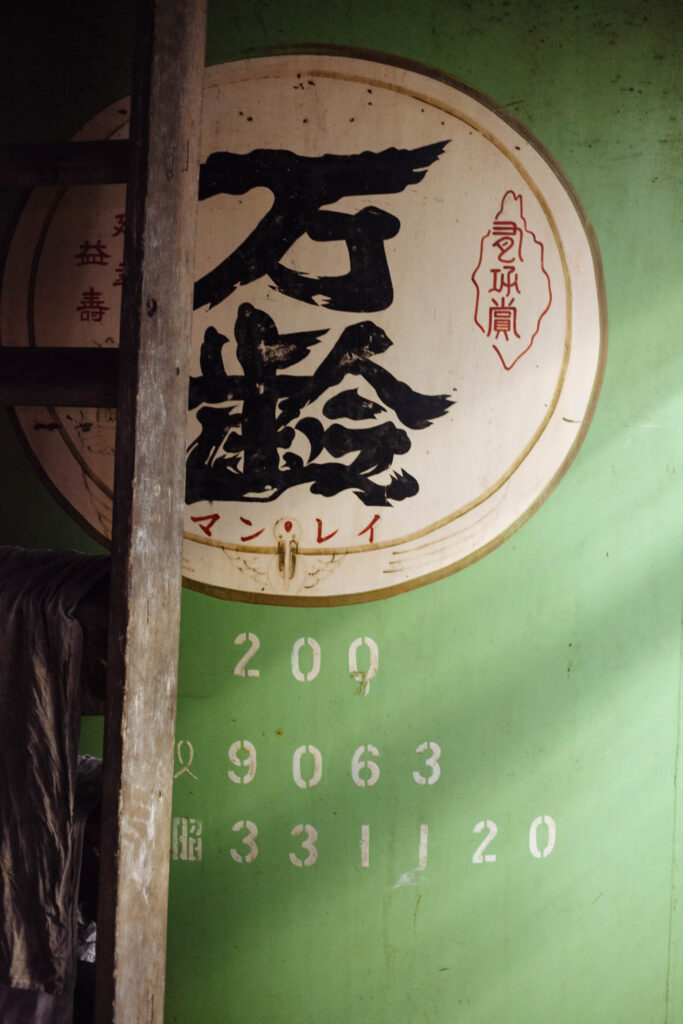

Komatsu san brews sake, shochu, and mirin all with the same base of rice, water, and koji, the fermenting enzyme that incites the saccharification process and exerts significant influence over a brew’s final taste. Mirin is then further developed with the addition of glutinous rice and aged in tanks. Brewing is carried out in winter when cooler temperatures temper the rate of fermentation enough to allow the brewmaster some control in the process. With a handful of seasonal employees, Komatsu begins brewing in December and continues through to early spring. The hours are long, the work physically demanding. During the brewing months, great plumes of vapor billow from an enormous wooden container in which rice is steamed each morning. Streams of light from a roof ridge skylight pierce the yawning air. One man stands atop a ladder shoveling out the hot rice. The others spread the rice onto bats lined with linen and wheel them into the cavernous hall to cool.
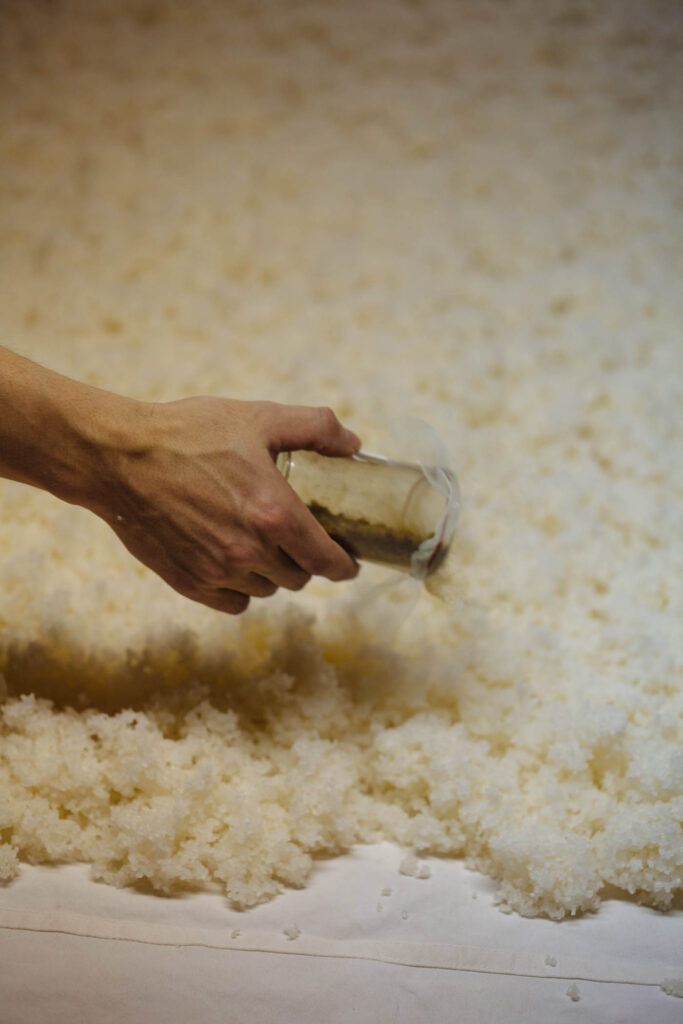
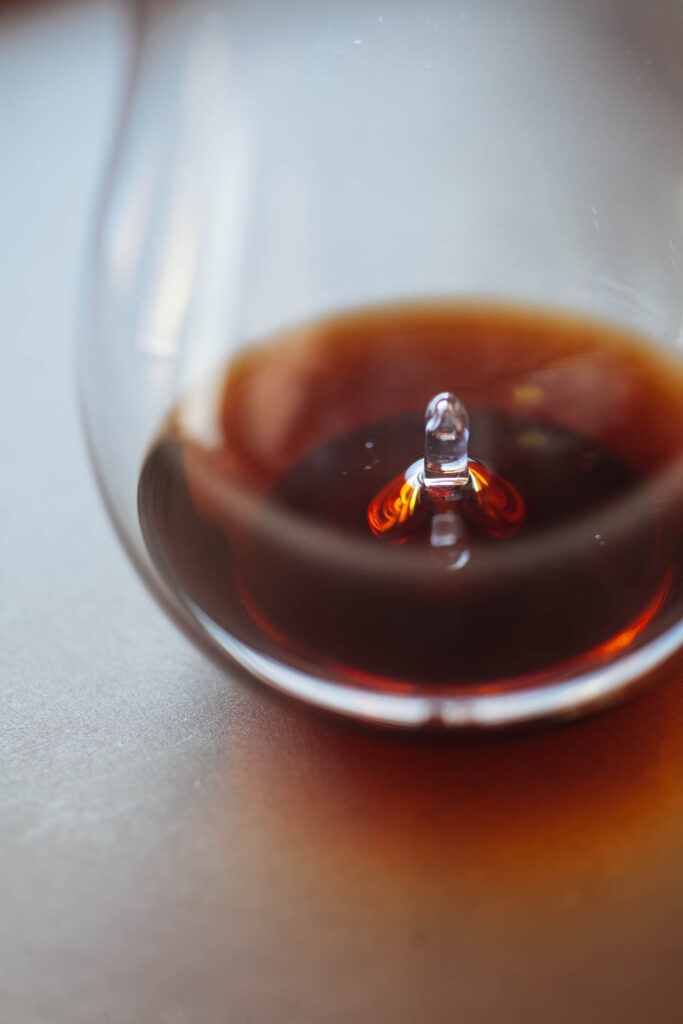
On my first so many year ago, Komatsu san led me through a wooden door into the koji mura, the room at the heart of every brewery, a sort of inner sanctum rarely trespassed by curious observers like myself. In the sauna-like interior of this room he spread dark green spores of koji over freshly steamed rice. But revival and preservation are Komatsu san’s equal objectives and to that end, he is generous with information, ushering the consumer into the world of sake by revealing a process that other breweries hold in secrecy.
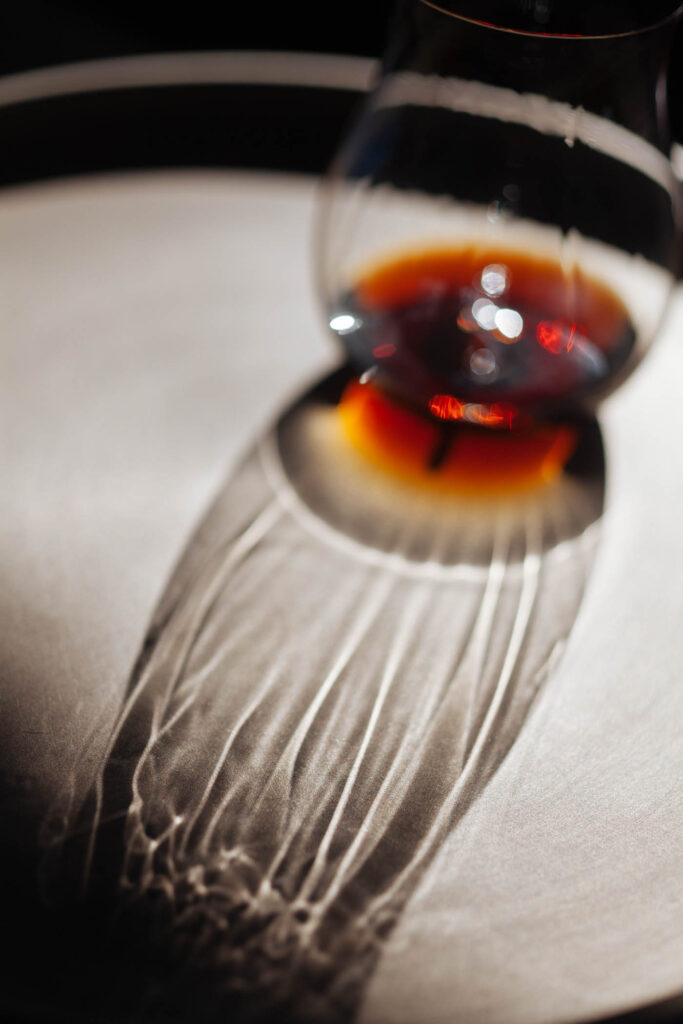
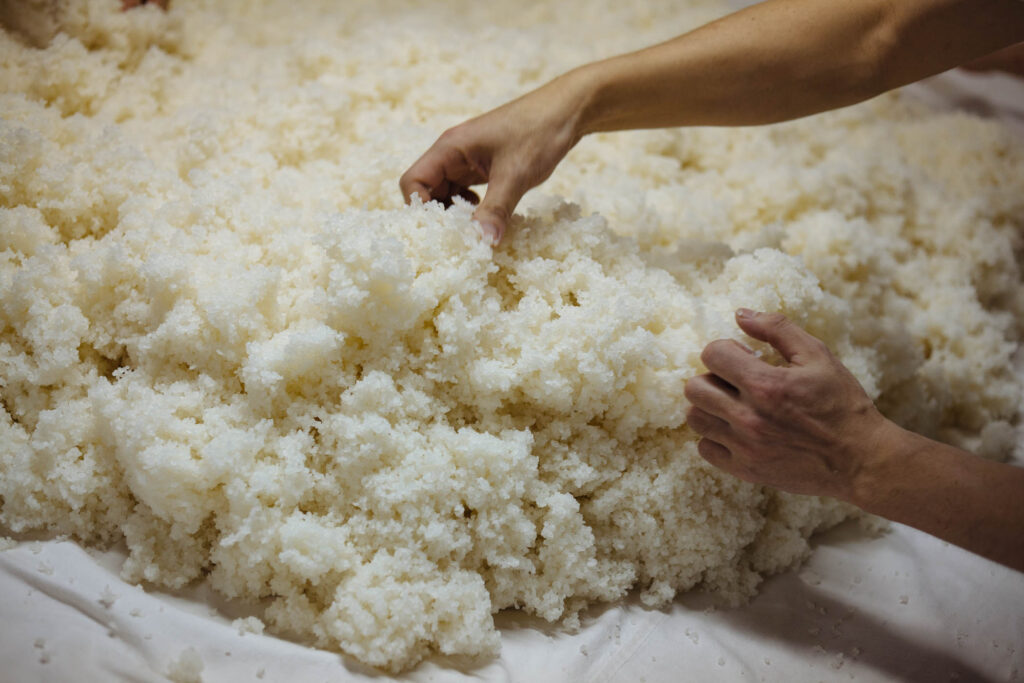
Komatsu Brewery is one of the smallest microbreweries in the nation. The entire process is carried out manually, using the original tools and equipment that Komatsu san inherited. He tells me that he wants to make sake products that contains the essence of authentic sake from the past. “These days sake is predominantly made in breweries full of modern stainless steel equipment in an automated process but true sake was made like this long ago,” he says. And I imagine it is this quality, an eye cast towards to what came before, that led him down the road to reviving hon-mirin as a quality drink to be stored on a high shelf and pulled out for post prandial sipping as we do after evening meals at the salon.
